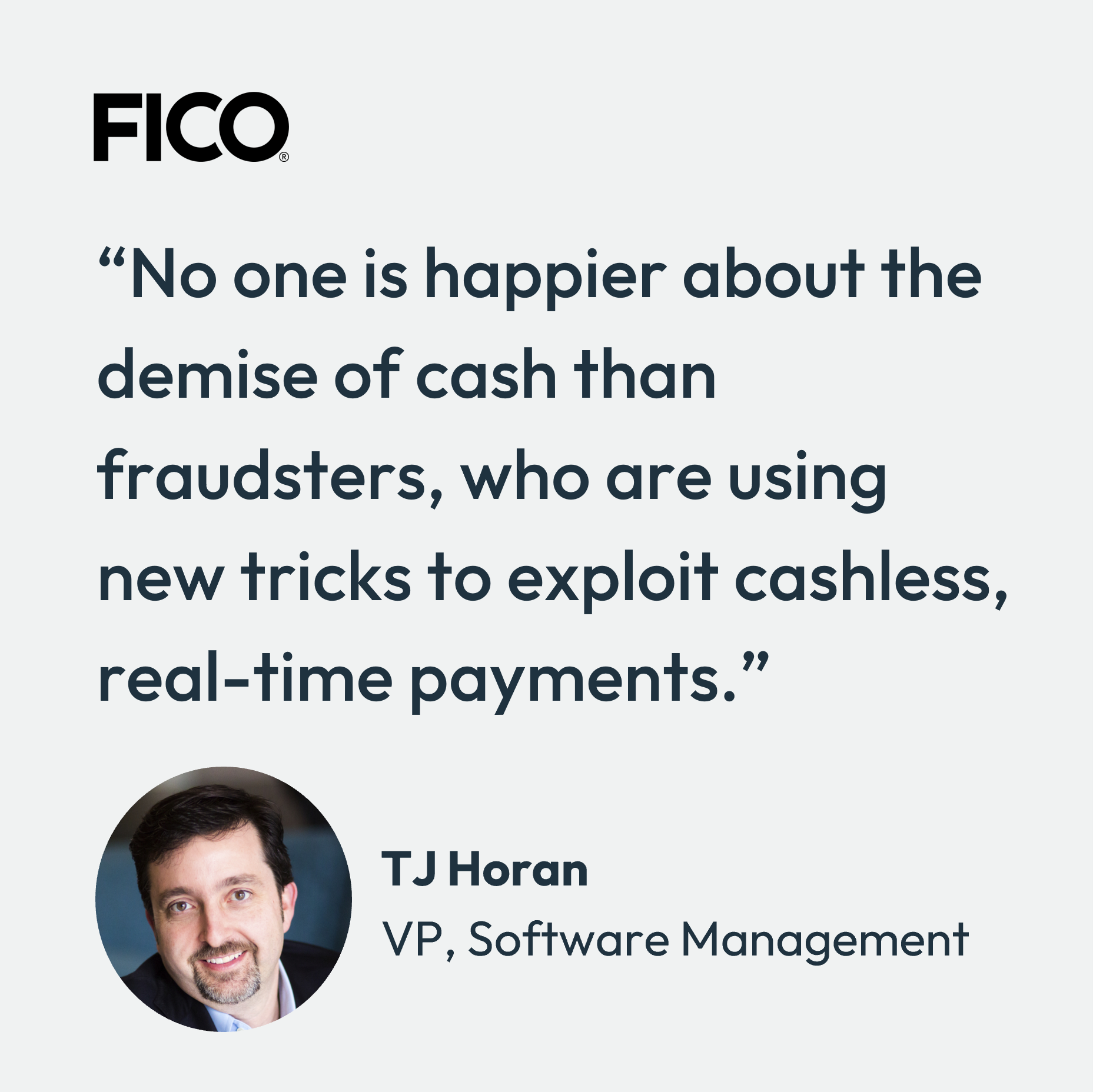Defending Your Fully Digital Wallet Against Fraud
Moving to a primarily digital wallet doesn’t mean sacrificing fraud protection – in fact, it means stepping up protection against scams

Ever since I cast off my physical wallet in favor of a digital one, I’m walking a little lighter. And I don’t have to worry about back problems from sitting on a small phone book! I will sheepishly admit that since post-COVID travel has picked up again, I’ve found myself traveling with physical card or two crammed into my minimalistic ID-holder, just for rare cases where digital won’t work. But I still consider it “wallet-less”!
One of the more interesting things that I’ve found since coming clean about my near wallet-less lifestyle is that I am not at all alone — there is a large and growing contingent of folks ditching a wallet for a smartphone. This got me thinking about how the seemingly innocuous shift to digital is impacting things on a macro level. Both from a cash and a fraud perspective, my curiosity was piqued, and I fell down the rabbit hole to learn more.
Where Did My Cash Go?
I uncovered some fascinating insights. In the UK more than 23 million people used basically no cash in 2022. Notes and coins are only expected to make up about 6% of payments in the UK within the next 10 years. In Norway, 98% of the country has a debit card and less than 5% of transactions happen in cash.
On this side of the pond, the number of Americans who go cashless day to day has doubled in the past decade, according to the Pew Research Center. Now 41% of American consumers say none of their typical weekly purchases are made with cash – up from 24% in 2015.
Because of the rapid shifts in consumer behavior, the trusty ATM is becoming hard to find in the wild. The ATM population peaked at around 470,000 total devices in 2019, but dropped to 456,000 in 2022. As banks close branches, even more ATMs are going with them. Cost is a big reason why – the less folks get cash from ATMs, the more costly it is per transaction to serve customers. This is simply the natural evolution as people rely more and more on digital banking using their device of choice.
With fewer ATMs, the availability of cash is decreasing. The government is so concerned about cash disappearing they have written legislation that would require retailers to accept cash payments. And even though digital payments have exploded in the past few years, attempts to take economies entirely cashless, such as in India, met resistance and were rolled back.

Fraudsters Love Digital Real-Time Payments
All this rapid change is great for one thing — fraud. And no one is happier about the demise of cash than fraudsters, who are using new varieties of fraud to exploit the rise of cashless, real-time payments.
Digital transactions, like real-time payments (RTP), make it easier than ever for scammers to trick consumers into authorized push payment (APP) fraud. This is the scam where the unwitting customer is fooled into sending real-time money transfers to scammers. According to UK Finance, APP fraud declined slightly in the first half of 2022 compared to previous years, but seemed to level out at close to 100,000 cases every six months, resulting in losses of £250 million to £300 million.
Here in the US, a recent report from the Federal Trade Commission (FTC) noted that consumers reported $3.8 billion in losses to investment scams alone in 2022, more than double the losses from 2021. And data from the latest US FICO 2023 Scams Survey shows that 72% of Americans have gotten an unsolicited text, email, phone call or other outreach they thought was part of a scam, further highlighting the pervasive and persistent nature of scammers.
Globally, APP fraud and related scams continue to be a problem for banks and their customers. As more people go cashless, banks and their customers will run into these real-time payment scams even more often. Defending against them requires a combination of tried-and-true tactics, as well as innovative new technology and approaches.
Power to the People
For consumers like myself, avoiding scams starts with knowing what they look like. Fortunately, my bank has been increasingly proactive about educating me about scams. I’ve seen a lot more email from them with details about what to look for, and when I go to make a real-time payment, my bank app gives me more notifications and requires more confirmation in order to complete the payment.
Across the country, leading banks are working hard to educate customers about scams and how to avoid them. The messaging appears in emails, on advertisements, and even on the screens of slowly vanishing ATM terminals. This creates a constant drumbeat that should keep customers thinking twice before sending money to scammers.
We still need to increase our vigilance, because while some scams might be difficult to spot now, just wait until fraudsters start using generative AI tools (e.g. ChapGPT) to create even more convincing scam emails and communications. But that’s a topic for a future blog.
Building Bank Defenses Against Scams
For banks themselves, stopping APP fraud starts by getting back to basics. Knowing how and where defenses are in place and how the organization is monitoring fraud and interventions is a good baseline. Understanding the tradeoff between fraud controls and customer experience, and measuring when those controls start to have an impact on the business or the customer relationship, is also vital.
This new scam landscape also requires a nuanced understanding of the difference between traditional unauthorized fraud and new authorized push payment fraud signals. Because the authorized user is the one initiating the payment, APP fraud needs a unique detection and prevention approach. Banks need to know not only who is making the payment, but also why.
The right technology and the right data, applied at the right time, can help – but only when you have the fundamental elements in place.
Real-Time Results
If a transaction does look suspicious, it’s time (real-time actually) to warn the customer or stop the payment, and there are two key considerations. First is the ability to process the right data in real time against the correct fraud models and scores to optimize and accelerate detection of specific frauds, like APP scams, as they happen.
The other is the ability to communicate to customers in real-time via any channel they prefer — text, bank app, voice call — to warn them of a scam, give them the ability to take immediate action, or notify them that action — like a declined or paused payment — has already happened.
All In on Scams Defenses
In the end, we may all end up ditching our wallets and cash for something digital. As we do, the scammers will be waiting to take our money. Given this new kind of threat, it’s never been more important for banks to implement a multi-faceted approach to fraud management that at once broadens and improves detection while powering real-time education, communication, and action.
How FICO Can Help Protect Your Customers From Scams
- Use FICO’s award-winning retail banking and scam detection model to identify and stop potentially fraudulent transactions.
- Learn how FICO lets you use omnichannel communications to connect with customers and confirm transactions in real-time.
- Explore how FICO Platform helps you fight fraud across the customer lifecycle, regardless of channel.
For more of my latest thoughts on fraud, financial crime and FICO’s entire family of software solutions, follow me on Twitter @FraudBird.
Popular Posts

Business and IT Alignment is Critical to Your AI Success
These are the five pillars that can unite business and IT goals and convert artificial intelligence into measurable value — fast
Read more
FICO® Score 10T Decisively Beats VantageScore 4.0 on Predictability
An analysis by FICO data scientists has found that FICO Score 10T significantly outperforms VantageScore 4.0 in mortgage origination predictive power.
Read more
Average U.S. FICO Score at 717 as More Consumers Face Financial Headwinds
Outlier or Start of a New Credit Score Trend?
Read moreTake the next step
Connect with FICO for answers to all your product and solution questions. Interested in becoming a business partner? Contact us to learn more. We look forward to hearing from you.
